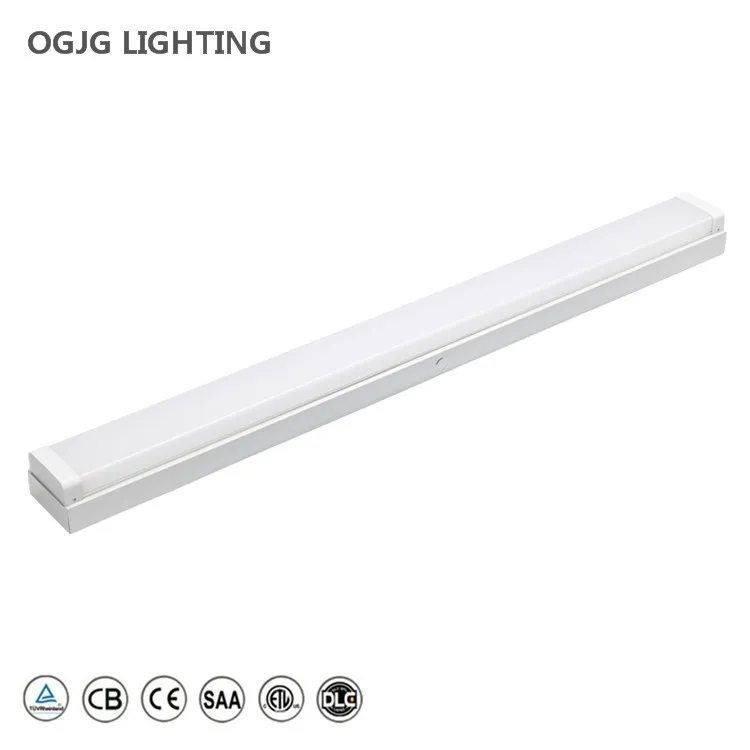
Nowadays, fluorescent tubes are commonplace in factories, schools, workshops, garages and in some parts of the home. The different types of fluorescent tubes all have slightly different properties, as you will see below. However they do have one thing in common, and that is that they all require a ballast to operate correctly. Knowing the pin spacing and wattage of a fluorescent tube is enough to identify the lamp type. If you are searching for replacement fluorescent tubes for an existing fitting you are sure to find it right here.
Thousands of customer product reviews. Ttubes , except for ft length). The earlier Thalophosphate tubes still remained available as. Produkte bei RS Components! Serviceleistungen hier!
Fluorescent -lamp formats. US fluorescent lighting practices, ballast types , tube types , cost and common issues are different to those of the UK. To make matters worse, the terminology is also different, and in some cases the same terms are used to mean something different here versus there. This causes many a crossed wire. In the case of fluorescent tubes and most commercial-type fluorescent lamps, the ballast is added to the lamp externally, in the circuit or built into the fitting.
For most compact fluorescent lamps, the ballast is built directly into the lamp in its base. T8s are 1-inch diameter fluorescent tubes , and they are the most prevalent of all fluorescent tubes. Four-foot T8s, in particular, are used everywhere –– in hospitals, commercial office spaces, schools, retail spaces, warehouses.
Check out our buying guides. STRAIGHT, CIRCLE-LINE, U-SHAPE, SINGLE PIN, PIN, CFL, SNAP IN. What is a batten light fitting ? Batten fittings typically house one or two tube lights and are commonly used public areas such car parks, toilets and train stations. Browse a range of fluorescent tube lighting and fluorescent industrial fly killer at Toolstation from trusted brands including Phillips. Find a range of Tfluorescent tube lights in halophospher or triphosphor versions for different lighting effects.
Buy tube lights at Screwfix. For some tube sizes, the nominal length (in feet) is the required spacing between centers of the lighting fixtures to create a continuous run, so the tubes are a little shorter than the nominal length. Lift the new fluorescent tube into place and line its prongs up with the slot on each end of the socket. Push the tube straight up into the sockets and rotate it degrees until you feel it lock into place. Length for fluorescent tubes is generally based on the diameter of the tube , as tubes with a smaller diameter tend to be smaller in length.
If you’re looking for something economical, then fluorescent tube light fittings are a great choice as they don’t cost too much to run and are long lasting so won’t need replacing often. They have several benefits including increased efficiency (when compared to older Ttubes ), good colour rendering and less lumen reduction as they age. As a result, batten fittings are perfect for these types of installs. Traditional fluorescent tube lights generate heat and are hot to touch - anyone who has tried to change a traditional halogen light bulb at home once is has been on for a while is testament to this, and as you can imagine exposure is not ideal.

Simply by replacing the type tube in the fixture. Keep in mind that the higher number of tubes being replaced in the property, the higher the annual savings. Depending on the type of existing fluorescent tubes (T T T12), there is a potential for both ENERGY and OPERATING COST savings with LED tubes. Purchase fluorescent batten light fittings and those with diffuser at Toolstation here. Batten lights are ideal for large rooms needing lots of light.
The starter is there to help the lamp light. Learn about fluorescent starters. Replacing your fluorescent tube bulbs with LED is an easy project that can save you money on energy costs as well as saving you the inevitable time and expense of replacing the electronic ballasts.
No comments:
Post a Comment
Note: only a member of this blog may post a comment.